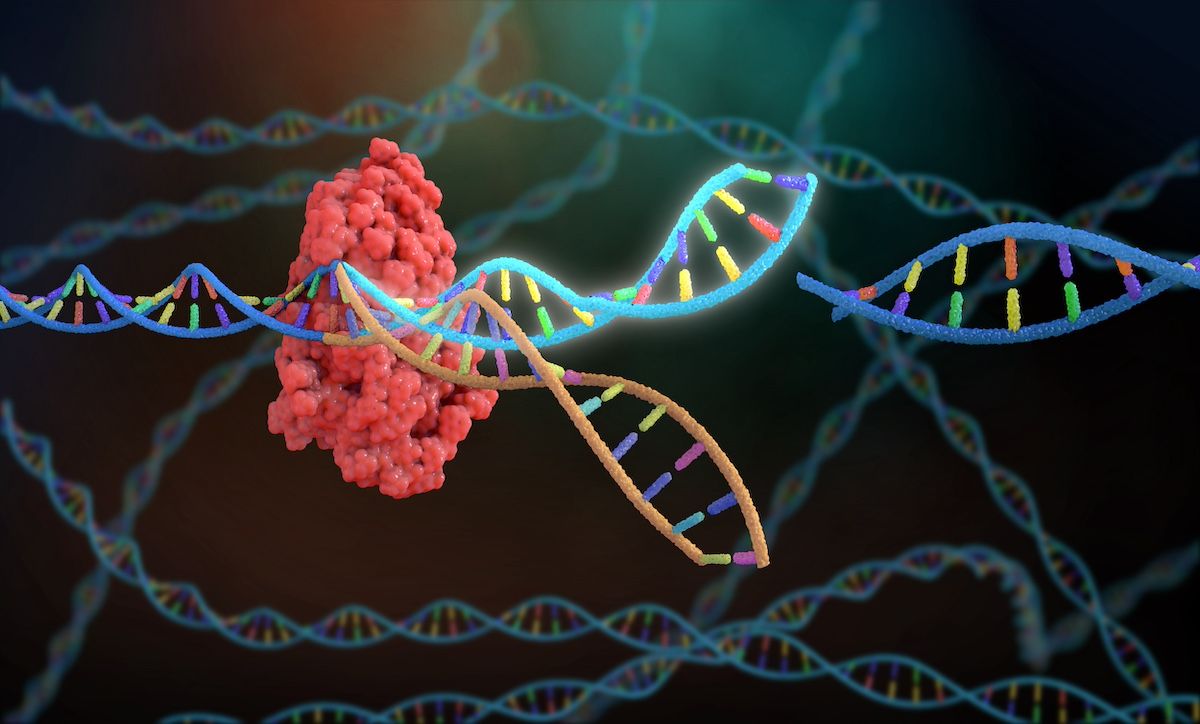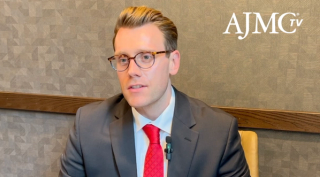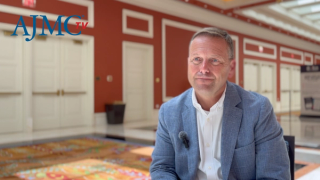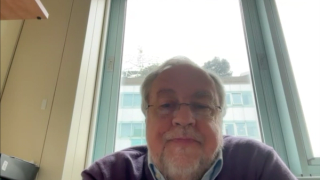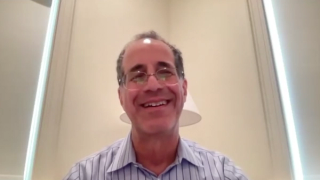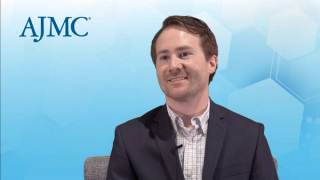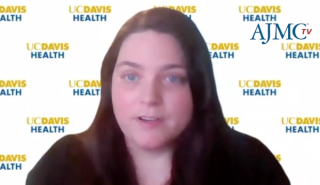
Gene Therapy
Latest News
Latest Videos

CME Content
More News

OneOncology appoints Michael Byrne, DO, to enhance access to CAR T-cell therapy, revolutionizing cancer treatment in local practices nationwide.

States participating in the Cell and Gene Therapy (CGT) Access Model will be testing outcomes-based payments for sickle cell disease treatments.

The platform technology designation is a new designation established by the FDA.

The findings support the clinical benefits of delandistrogene moxeparvovec in patients with Duchenne muscular dystrophy (DMD).

RGX-202 shows promising efficacy in Duchenne muscular dystrophy, improving functional outcomes and biomarker expression in early trial results.

Advancements in gene therapy for Duchenne muscular dystrophy (DMD) have improved the outlook for some patients, but further innovations in safety, efficacy, and treatment strategies are needed.

Delandistrogene moxeparvovec demonstrated a manageable safety profile across clinical trials for Duchenne muscular dystrophy (DMD), with most adverse events emerging within 90 days of infusion.

Despite holding promise in a range of disease states, a variety of challenges prevent cell and gene therapies (CGTs) from more widespread use, according to a new report from Cardinal Health.
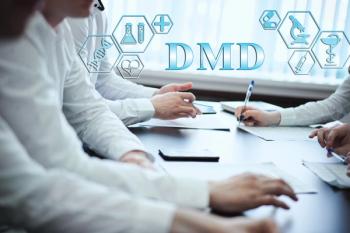
Delandistrogene moxeparvovec (Elevidys; Sarepta Therapeutics) appeared to protect muscle from progressive damage in patients with Duchenne muscular dystrophy (DMD) based on muscle quantitative magnetic resonance measures.

Key trends and challenges are shaping the next era of advanced therapies, from FDA momentum to broader patient access.

Prademagene zamikeracel (Zevaskyn) is the first and only cell-based gene therapy for wound treatment in patients with recessive dystrophic epidermolysis bullosa.

Multidisciplinary coordination across prescribing teams, nursing, laboratory medicine, finance, and infusion centers is crucial for gene therapy delivery in Duchenne muscular dystrophy (DMD).

Delandistrogene moxeparvovec, a gene therapy approved for the treatment of Duchenne muscular dystrophy (DMD), was found tolerable and showed signs of efficacy in a real-world cohort.

Study results support the role of functional dystrophin and suggest that delandistrogene moxeparvovec stabilizes or slows Duchenne muscular dystrophy (DMD) progression.

The study found that just 20% of trials submitted to both the FDA and European Medicines Agency had matching evidence.

Ten children who received DB-OTO for profound genetic hearing loss due to variants of the otoferlin gene showed notable improvements in hearing, according to initial results of the CHORD trial.
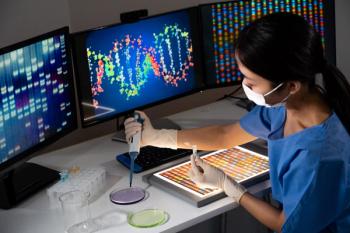
In the phase 1/2 INSPIRE DUCHENNE trial, interim data showed an average microdystrophin expression of 110% among participants with Duchenne muscular dystrophy (DMD) at 90 days post treatment.
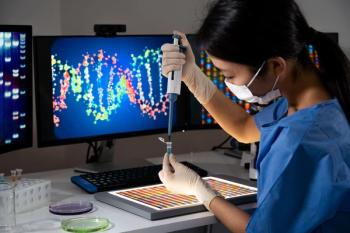
Cell and gene therapies can be life-changing for patients with certain conditions, but the process of receiving them poses barriers for patients and caregivers that require multistakeholder solutions, according to a white paper from the National Pharmaceutical Council.

The gene therapy delandistrogene moxeparvovec-rokl showed clinically meaningful benefits and disease stabilization at 2 years in patients with Duchenne muscular dystrophy (DMD).

Patients with spinal muscular atrophy (SMA) type 2 showed improved motor ability when treated with intrathecal onasemnogene abeparvovec, an investigational gene therapy.

Common measurements for modified adeno-associated viruses (AAVs), a gene therapy delivery method, showed substantial variation in accuracy and precision.
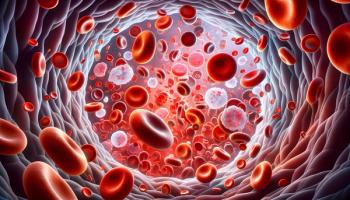
A phase 3 trial highlights betibeglogene autotemcel as a potentially curative gene therapy for severe transfusion-dependent β-thalassemia.

Check out this year's top coverage from The Academy of Managed Care Pharmacy (AMCP) Nexus 2024 meeting, which included relevant topics in health care policy, novel pharmaceutical developments, financial considerations across multiple conditions, and more.

Researchers study long-term safety of lentiviral gene therapy in primates, finding no evidence of somatic mutations or malignancy.
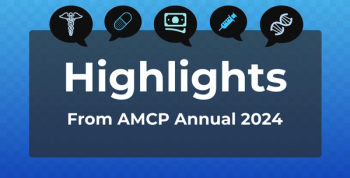
Among the most-read coverage for the annual meeting were presentations on the potential and costs of cell and gene therapies, the latest trends in the industry, and pharmacogenomic testing in mental health.




